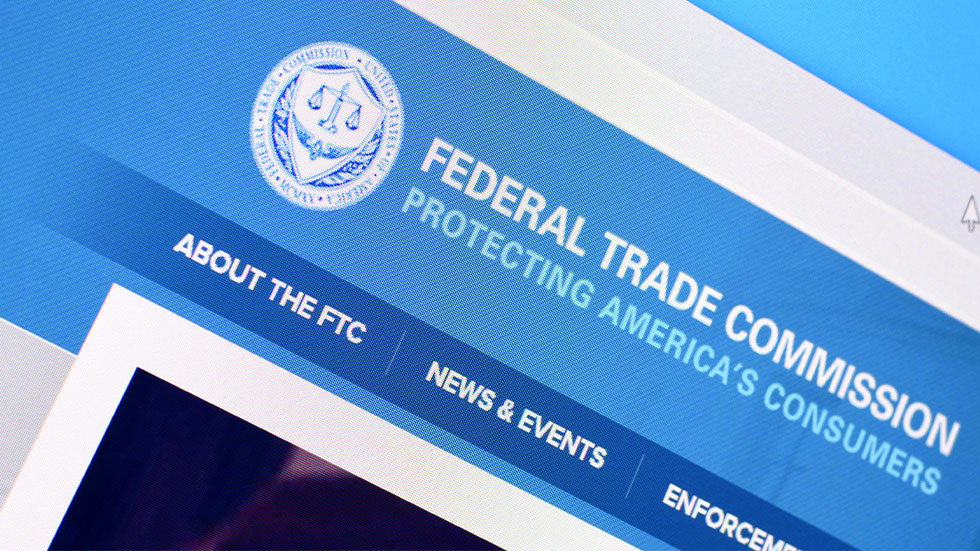
Older Americans tend to be much more susceptible to being taken advantage of, especially when it comes to financial scams and fraud. Read on to learn more about what elder fraud is, top scams to look out for, and fraud prevention methods.

What is elder fraud?
Elder fraud—or financial abuse—refers to financial exploitation targeting older adults’ (typically ages 60 and older) money or cryptocurrency. This fraud can be committed by strangers, acquaintances, or even family members and involves a variety of deceptive practices aimed at illegally acquiring money or assets from elderly individuals.
Elder fraud scams may include telemarketing scams, internet scams, investment scams, and more, and can result in victims losing substantial amounts of money. They also cause high levels of stress, anxiety, depression, and even financial insecurity.
Elder fraud caused more than $3.4 billion in losses in 2023. The average victim of elder fraud lost more than $33,000 due to these crimes. And, reports of these crimes are on the rise: The Federal Bureau of Investigations (FBI) reported a 14% increase in elder fraud reports and 11% increase in associated losses in 2023 vs. 2022.

Top elder fraud scams
According to the FBI, the top reported elder fraud scams include the following.
1. Tech support scams: This happens when scammers pose as technical support professionals to deceive victims into believing their computers or devices have problems that need urgent fixing. Scammers may call individuals claiming to be from reputable companies, or may send fake error messages or alerts to the victim’s computer screens. Phishing emails appearing to be from legitimate tech companies may also occur.
The scammers persuade victims to grant remote access to their computers and then demand payment for their services (usually in the form of wire transfers, credit card payments, or gift cards). They may also install malware to steal personal information or financial details.
2. Confidence and romance scams: These occur when scammers exploit the trust and emotional vulnerabilities of elderly individuals to steal money or personal information. Scammers may befriend or begin a romantic relationship with elderly individuals through social media, online dating sites, or online forums, or pose as someone in a position of authority or expertise. They may create elaborate stories about personal crises or emergencies that require financial assistance, encouraging the victims to send money to help someone they “care about.”
3. Non-payment and non-delivery scams: These scams are forms of fraud where elderly individuals are deceived into making purchases or providing services but do not receive the goods/services or payment. For example, scammers may pose as buyers in online marketplaces or classified ads, agreeing to purchase items but never sending payments. Or, they may convince victims to invest resources into fraudulent business opportunities with the promise of future payment that never materializes.
In other cases, scammers may create fake websites or for-sale product listings, collect payment, but never ship the purchase. Or, victims may sign up and pay for a subscription service they never receive or unknowingly donate to a fake charity.
4. Investment scams: Scammers may convince individuals to invest money in fraudulent or non-existent ventures, such as an investment promising high returns with little or no risk, recruiting participants for pyramid schemes, or artificially inflating the price of a stock they own then selling it at the peak, leaving investors with worthless shares.
Warning signs of elder financial abuse
Some of the top warning signs of elder fraud may include:
- Unusual bank activity like frequent withdrawals, large withdrawals, transfers, or changes in financial habits.
- New joint accounts.
- Unexplained credit cards.
- Checks noted as gifts or loans.
- Suspicious signatures.
- Unexplained disappearance of cash, valuable items, or assets.
- Unexpected changes in wills, power of attorney, or beneficiary designations.
- Emotional or psychological signs including fear, anxiety, depression, or isolation from friends and family.

9 methods of elder fraud prevention
1. Know the warning signs: Identifying red flags such as unusual financial activity, changes in legal documents, or emotional/behavioral changes can help prevent elder fraud before it occurs.
2. Talk to your loved ones about scams: Open communication is essential for awareness and prevention. Talk to your loved ones about the common types of elder fraud and scams they may be exposed to. Teach them to question unexpected offers, prizes, or urgent requests, and encourage them to talk to you about any unusual requests they may receive.
3. Consider power of attorney: Having a trusted person manage your loved one’s finances can prevent exploitation. Choose someone reliable and trustworthy who can make financial decisions on behalf of your loved one, or alert you to questionable financial transactions.
4. Set up direct deposit and bill pay: Automating financial transactions can help reduce the risk of fraud. Ensure income and benefits are securely deposited into a bank account, and use automatic bill pay to prevent missed payments and reduce the risk for falling for fraudulent billing schemes.
5. Have a relationship with caregivers: Be sure to carefully and completely vet all caregivers and conduct thorough background checks before hiring. Maintain regular communications with caregivers, and work to build trust and rapport to ensure they have your loved one’s best intentions in mind.
6. Monitor accounts regularly/set up alerts: Review bank statements, credit card bills, credit reports, and investment accounts regularly to ensure there’s no suspicious activity. You can also set up notifications for large transactions, balance changes, or unusual activity.
7. Add phone numbers to the Do Not Call Registry: Reducing telemarketing calls can decrease the risk of phone scams, so add your loved one’s home and mobile numbers to the National Do Not Call Registry (donotcall.gov or call 888-382-1222).
8. Use trusted advisors: Work with reputable financial advisors to manage your loved one’s investments and assets, and schedule regular meetings to review financial health and security.
9. Learn about safe technology use: Teach your loved one safe technology practices such as securing their devices with up-to-date security software, using strong unique passwords, avoiding clicking on suspicious links or opening unknown emails, and never downloading unverified attachments.

How to report elder fraud
If you suspect a loved one is a victim of elder fraud, consult one of these resources.
- Federal Trade Commission (FTC): Provides resources and a platform for reporting fraud.
- Consumer Financial Protection Bureau (CFPB): Offers information on preventing elder financial exploitation and accepting complaints.
- Adult Protective Services (APS): State and local agencies that investigate and address elder abuse, including financial abuse.
- National Elder Fraud Hotline: A dedicated hotline for reporting elder fraud and seeking assistance (1-833-FRAUD-11 or 1-833-372-8311).

